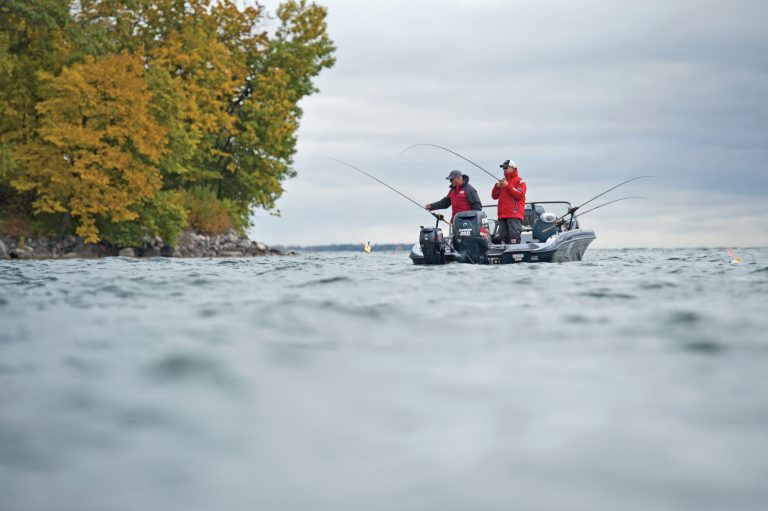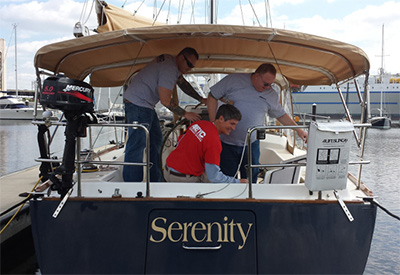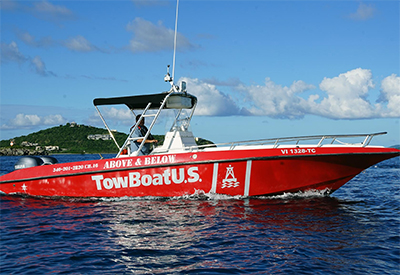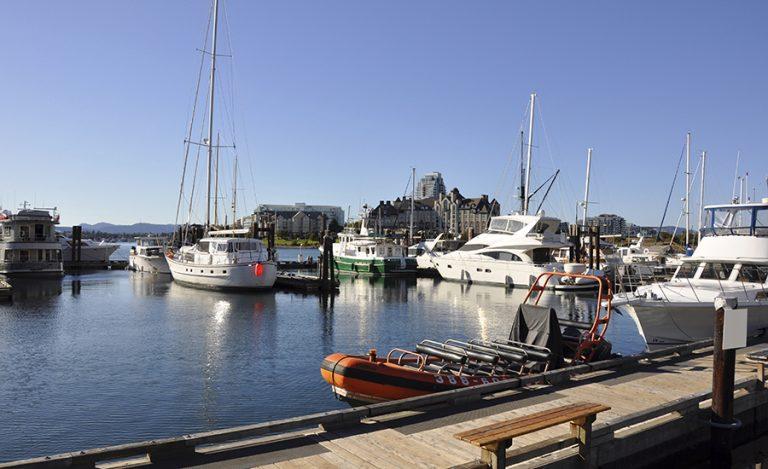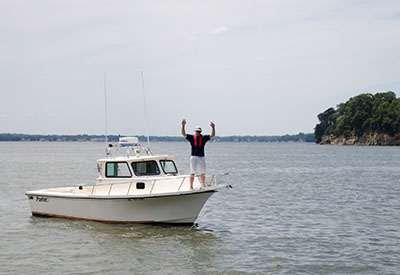Safety On Board

 Transport Canada regulations require vessels to carry a variety of life saving equipment for use in emergencies. Make sure you know where this equipment is stored, and how to use it.
Transport Canada regulations require vessels to carry a variety of life saving equipment for use in emergencies. Make sure you know where this equipment is stored, and how to use it.
For specific regulatory requirements, check the regulations that apply to your vessel. The Small Vessel Regulations set out the minimum safety equipment required on board a recreational boat according to vessel length. No matter the length, you should always ensure that:
√ There are enough flotation devices of appropriate size for everyone on board
√ All of the required equipment (e.g., Fire Extinguishers, Distress Flares, EPIRB, etc.) is in good working order
√ There are ample reserves of fuel for the trip or easy access for refueling
√ The appropriate maps and charts are on board
√ Your VHF radio working properly
√ You have a first aid kit, basic tools and spare parts for emergency repair
Did you know that all vessels must carry a proper first aid kit? First aid can mean the difference between life and death. We encourage all boaters to take a first aid course and check that the First Aid Kit on board contains ALL of the following items.
√ 1 60 ml bottle of antiseptic wound solution, or a 10-pack of antiseptic swabs
√ 1 pack of 10 disposable applicators (not needed if antiseptic swabs are used)
√ 1 disposable, waterproof vomit bag
√ 12 adhesive bandage straps
√ 2 2.5 cm x 4.5 m lengths of bandage gauze (not needed if ties attached to dressing)
√ 2 folded, 100 cm triangular bandages and 2 pins
√ 2 sterile dressing compresses, about 7.5 cm x 12 cm
√ 4 pieces of sterile dressing gauze, 7.5 cm x 7.5 cm
√ 1 splinter forceps
√ 1 package of Gravol (for motion sickness)
√ 1 eye pad with shield or tape
√ 1 First Aid Record
√ 1 pair of 10 cm scissors
√ 1 roll of surgical adhesive tape, 1.2 cm x 4.6m (not needed if ties attached to dressing)
√ 1 30 ml bottle of antipuritic lotion or a 10-pack of antipuritic swabs
√ 1 elastic bandage, 7.5 cm x 5 m
√ 1 pocket-size emergency blanket
√ 1 container of hand cleanser or packet of cleaning towelettes
√ 1 splint with padding
√ 1 10 cm x 10 cm burn dressing
√ 1 current First Aid Manual (English)
√ 1 current First Aid Manual (French)
Motion Sickness
Motion sickness is a disturbance of the inner ear. The sense of balance and equilibrium is affected. The symptoms of motion sickness usually, but not always, stop when the motion that causes it ceases.
33% of people are susceptible to motion sickness even in mild circumstances such as being on a boat in calm water, although nearly 66% of people are susceptible in more severe conditions. Motion sickness on the water can result from being in the berth of a rolling boat without being able to see the horizon. Sudden jerky movements tend to be worse for provoking motion sickness than slower smooth ones, because they disrupt the fluid balance more. A “corkscrewing” boat will upset more people than one that is gliding smoothly across the oncoming waves.
If you know you or a crew member may be prone to motion sickness, we recommend the following:
1. Always ride where your eyes will see the same motion that your body and inner ears feel. On a boat, go up on the deck and watch the motion of the horizon.
2. Do not read while boatig if you are subject to motion sickness, and do not sit facing the stern.
3. Do not watch or talk to another traveler who is having motion sickness.
4. Avoid strong odors and spicy or greasy foods that do not agree with you (immediately before and during your travel).
5. At least 30 minutes before going aboard, take Gravol (or an equivalent motion sickness medicine.

